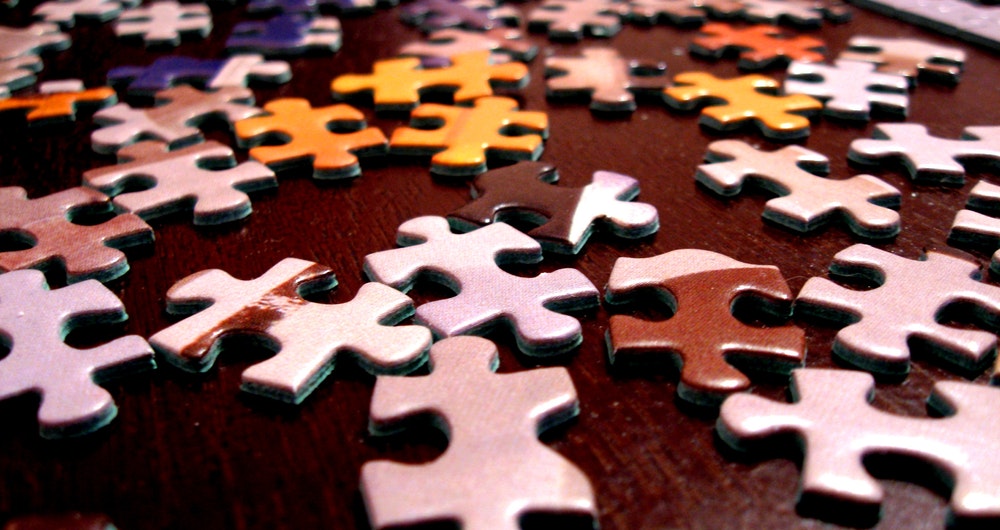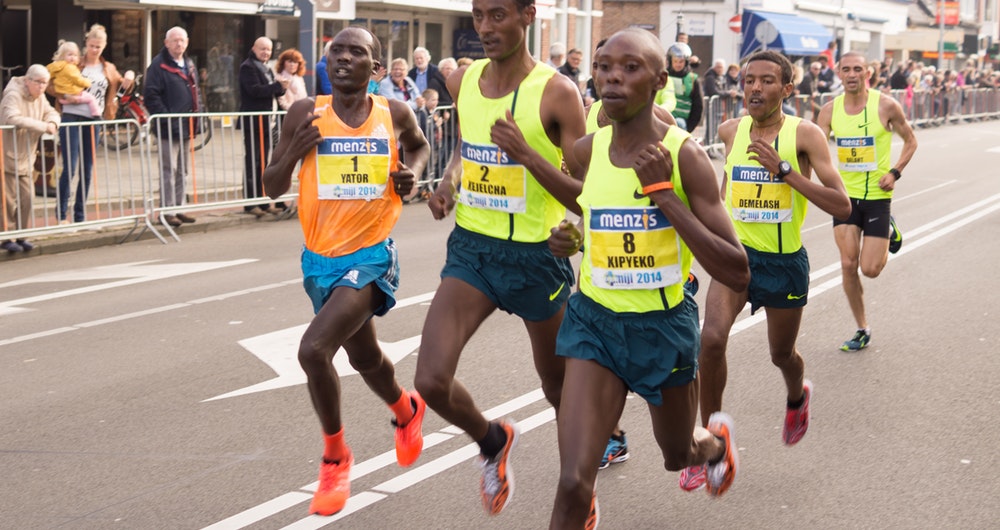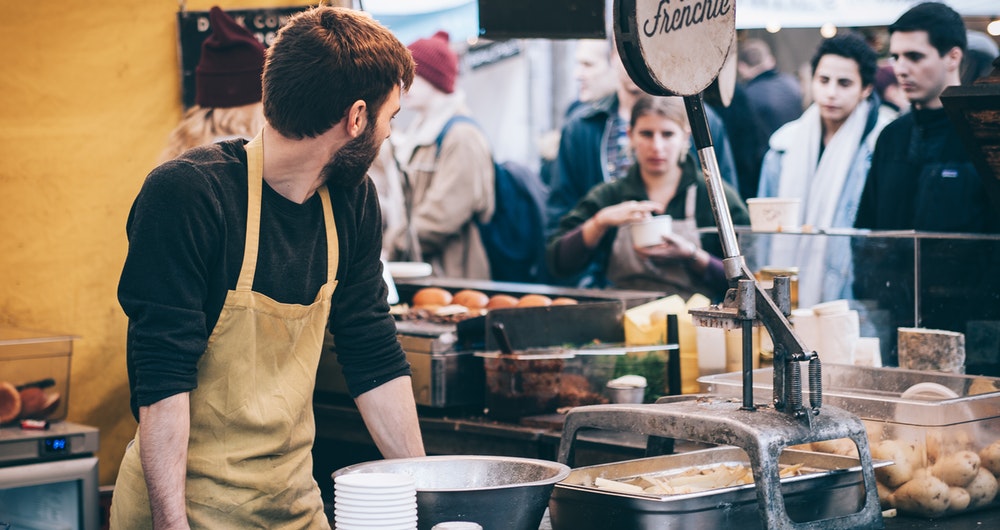Let us take an example of two restaurants to understand the application of the 7Ps in real world.
We will examine these three additional factors practically with the reference of two restaurants: Restaurant-A and Restaurant-B.
Let us assume that Restaurant-A is an upmarket, high-end restaurant catering to the premium customers and Restaurant-B is a quick-service restaurant offering decent meals at reasonable rates.
The 4Ps discussed earlier (Product, Price, Place and Promotion) will differ for both the restaurants, as mentioned there. But, in addition, here is how the additional 3Ps (People, Process and Physical Evidence) may differ:
People: Restaurant-A
- The chef, the waiters and other staff at this restaurant must be highly sophisticated, well-groomed, well-mannered and knowledgeable about the cuisines on the menu.
- They must be able to converse comfortably in English as well as other local languages.
- Their uniforms must be impeccable. Different grades of attendants should have different types of uniform.
- The people should be warm in their behavior. The customers must feel welcome and respected by the people.
People: Restaurant-B
- The chef doesn’t matter in such a restaurant. Waiters and other staff must be reasonably acceptable. Well-mannered or well-groomed is not a pre-requisite.
- They must be able to communicate in the local language. English may be an advantage, but not compulsory.
- Uniform is not very important.
- They must serve the customers quickly and ensure that the tables become free at the earliest, so that new customers can come in.
Process: Restaurant-A
- The process of ordering may be done leisurely, when the guests are ready, allowing the guests to spend quality time uninterrupted.
- The food will be served with utmost care and sophistication
- There may be different people for taking order, for serving food etc.
- The bill may come in properly printed form kept in a wallet.
Process: Restaurant-B
- The order is taken immediately as soon as the guests settle in their chairs.
- The food may be served with bare minimum service, not necessarily very carefully.
- The same person may do everything, attending you from start to end.
- The bill may come in a small chit, may be handwritten or difficult to read.
Physical Evidence: Restaurant-A
- The decor, lighting, ambience, music, cleanliness everything will be carefully designed, keeping the customers in mind.
- The quality of the furniture, cutlery, menu card etc. will be of the highest level.
- The noise levels at the restaurants will be low, allowing the guests to have a peaceful experience.
- The place will have very clean and properly maintained wash rooms.
- Nobody else shares the table occupied by a customer or a group.
Physical Evidence: Restaurant-B
- The decor, lighting, ambience must be of acceptable quality. Music is a luxury.
- The quality of the furniture, cutlery etc. may be of functional level.
- Noise tries to fill the gap of absence of music.
- Washrooms may not be there. If there, may not be worth visiting.
- If there is a seat vacant, others may share the table occupied by a customer or a group.
(Expert advice to GROW your business wherever you are, whenever you want.
SMEBusinessGuide.com… https://goo.gl/E3pfoQ)
WHAT YOU CAN READ NEXT
NEXT POST:

HOW TO SOLVE THE MARKETING JIGSAW PUZZLE?
PREVIOUS POST:

7-PIECE JIGSAW PUZZLE OF SERVICES MARKETING





